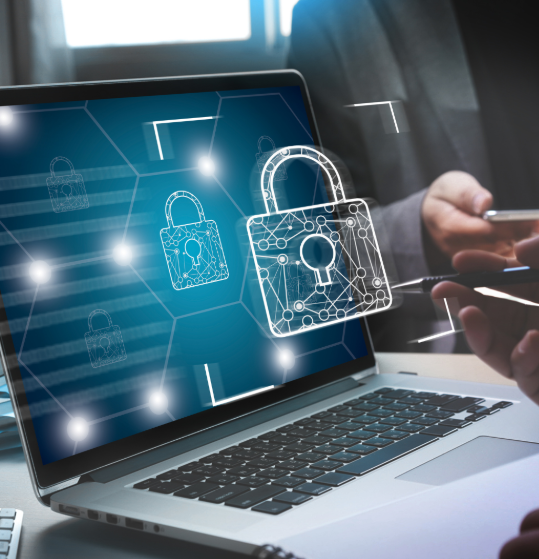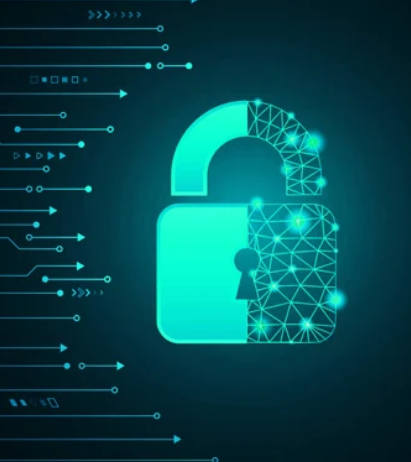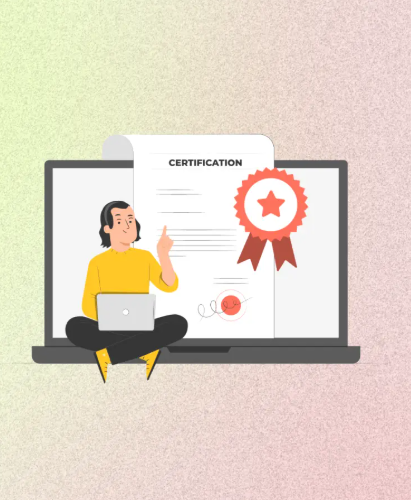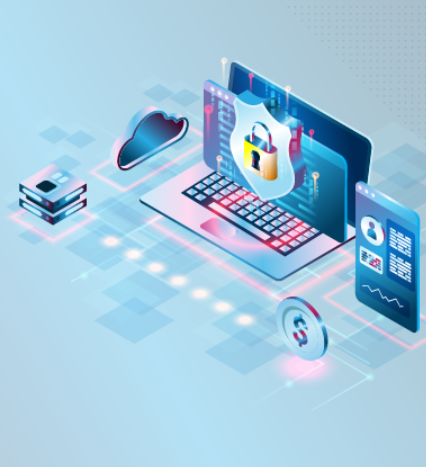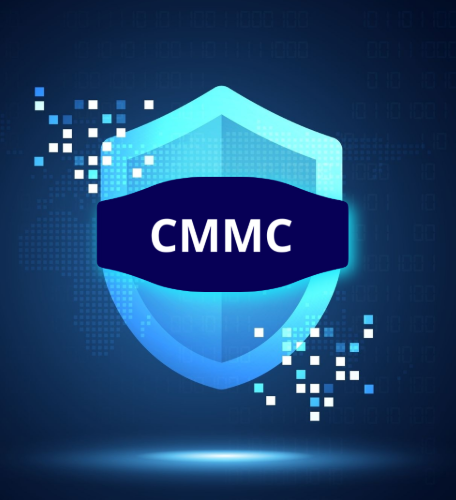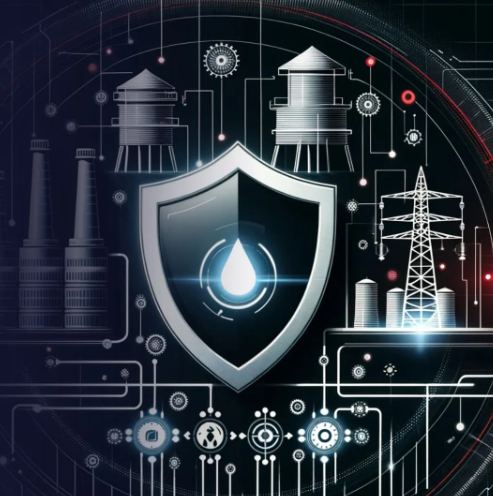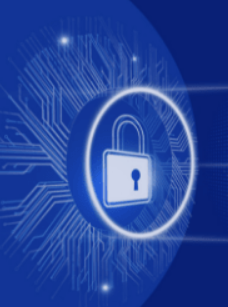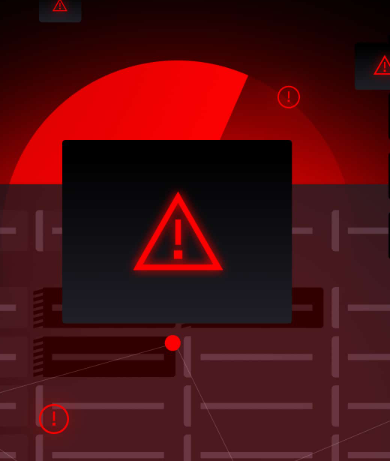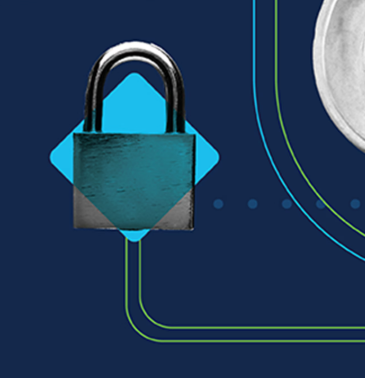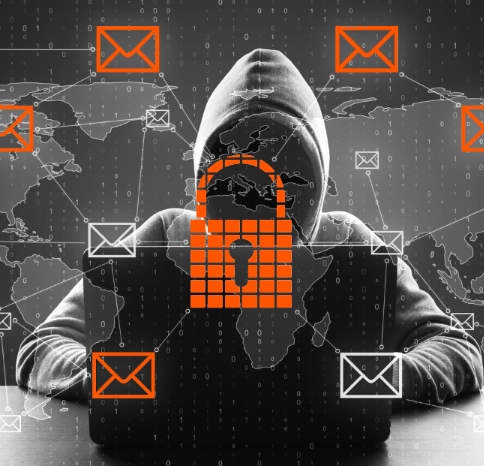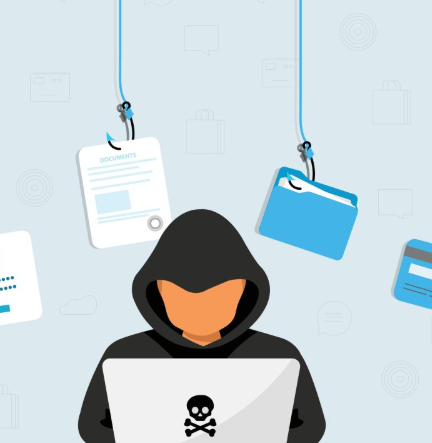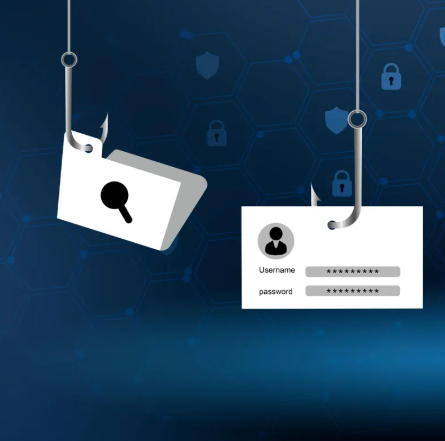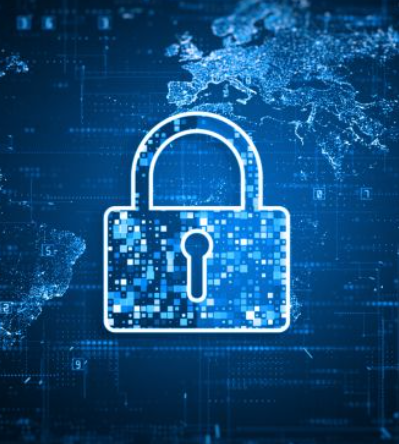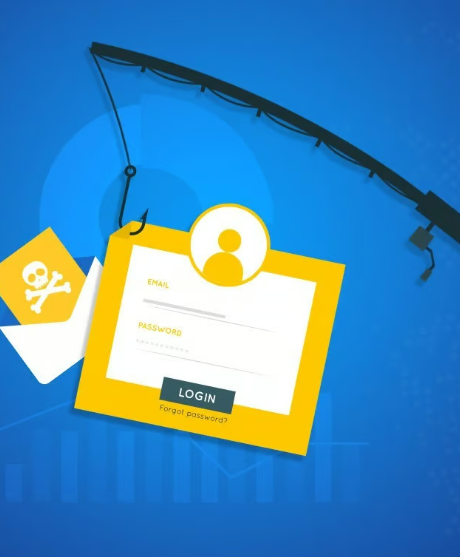
Email has become the backbone of business communication, but without proper email authentication, your organization is at risk. When email messages are not securely authenticated, attackers can easily impersonate your domain to send phishing emails, distribute malware, or trick recipients into revealing sensitive data. If preventing phishing attacks is a priority (and it should be), email authentication is a critical layer of defense.
What is Email Authentication?
Email authentication verifies that an email comes from a trusted source. It helps protect your brand, employees, and customers from impersonation attacks. By using DNS-based protocols such as SPF, DKIM, and DMARC, email authentication ensures that only authorized senders can use your domain. Without these protections, anyone can send emails that appear to be from you, and recipients may struggle to identify fraudulent messages.
The Dangers of Weak Email Authentication
- Impersonation of Your Brand
Without proper email authentication, attackers can send emails that appear to come from your organization. This damages your reputation and erodes trust, even if your company isn’t directly responsible for the attack. - Increased Phishing Success Rates
Emails that look like they’re from legitimate sources are more likely to be opened, which means phishing links get clicked more often, resulting in a higher success rate for attackers. - Theft of Sensitive Data
Phishing emails that use your brand can trick recipients into sharing login credentials, financial details, or personal information, leading to financial losses and potential compliance violations. - Issues with Email Deliverability
If your domain is associated with phishing or spoofing attempts, email providers may flag it as suspicious. This can prevent legitimate emails from reaching your audience. - Legal and Regulatory Risks
Not securing customer data through proper email authentication can lead to legal issues and regulatory fines under laws like GDPR, HIPAA, or CCPA, especially for industries such as healthcare or finance.
How to Strengthen Your Email Authentication
- Implement SPF (Sender Policy Framework)
SPF allows you to define which IP addresses are authorized to send emails on behalf of your domain. This prevents unauthorized servers from sending fake emails that appear to come from you. - Set Up DKIM (DomainKeys Identified Mail)
DKIM uses cryptographic signatures to ensure emails are not tampered with during transmission. It verifies that the email genuinely originated from your domain and hasn’t been altered. - Enable DMARC (Domain-based Message Authentication, Reporting, and Conformance)
DMARC integrates SPF and DKIM, specifying how email servers should handle unauthenticated emails. It also provides reports on possible misuse, allowing you to monitor and take action against domain abuse. - Monitor DMARC Reports
Using DMARC reporting tools, you can track which entities are sending emails on your behalf. This helps you identify unauthorized senders quickly and adjust your authentication settings accordingly. - Educate Your Team and Customers
Make sure users know what your official email addresses look like. Teach them how to identify phishing attempts and encourage them to report any suspicious emails, creating a safer environment for everyone.
How Email Authentication Stops Phishing Attacks
Email authentication acts as a digital signature for your brand, making it more difficult for cybercriminals to impersonate you. When SPF, DKIM, and DMARC are properly configured, they significantly reduce the chances of phishing attempts succeeding. These protocols block malicious emails from reaching inboxes and prevent attackers from using your domain in scams, all without your knowledge. Email authentication is one of the most effective ways to prevent phishing attacks today.



